According to the adjusted plan, by 2030, in addition to the 7 existing railway lines, there will be 11 new railway lines with a total length of about 3,207km, an increase of 2 lines compared to before.
In particular, the North-South high-speed railway line has been updated in terms of scale, name and investment roadmap, playing the role of the backbone of the national railway network. In addition, the planning adds the Hanoi-Quang Ninh high-speed line, creating an important connection axis between the capital and the Northeast coastal economic region.
The Lao Cai - Hanoi - Hai Phong and Ho Chi Minh City - Loc Ninh routes have been adjusted in scale and investment schedule to suit the increasing demand for freight and passenger transport. The Hanoi - Dong Dang, Hai Phong - Ha Long - Mong Cai and Thap Cham - Da Lat routes have been reviewed for implementation progress, ensuring feasibility and infrastructure synchronization.

Seven other railway lines have been adjusted in scope and scale, including routes connecting key economic corridors such as Yen Vien - Pha Lai - Ha Long - Cai Lan, the Eastern belt of Hanoi, or the Da Nang - Kon Tum - Gia Lai - Dak Lak - Dak Nong - Binh Phuoc route, to strengthen connectivity in the Central Highlands - Southeast region.
Regarding cross-border connectivity, Vietnam will expand the international transport corridor with the Hai Phong - Ha Long - Mong Cai route connecting China via Mong Cai border gate, and the Ho Chi Minh City - Tay Ninh - Moc Bai route connecting Cambodia. The Vung Ang - Mu Gia and My Thuy - Dong Ha - Lao Bao routes will continue to maintain their role as bridges with Laos.
Decision 2404 also clearly states the conversion of the Thu Thiem - Long Thanh route into an urban railway route, and integration of Ho Chi Minh City and Dong Nai into local planning. At the same time, the An Binh - Saigon (Hoa Hung) - Tan Kien route is added to increase the connectivity capacity of the southern hub area.
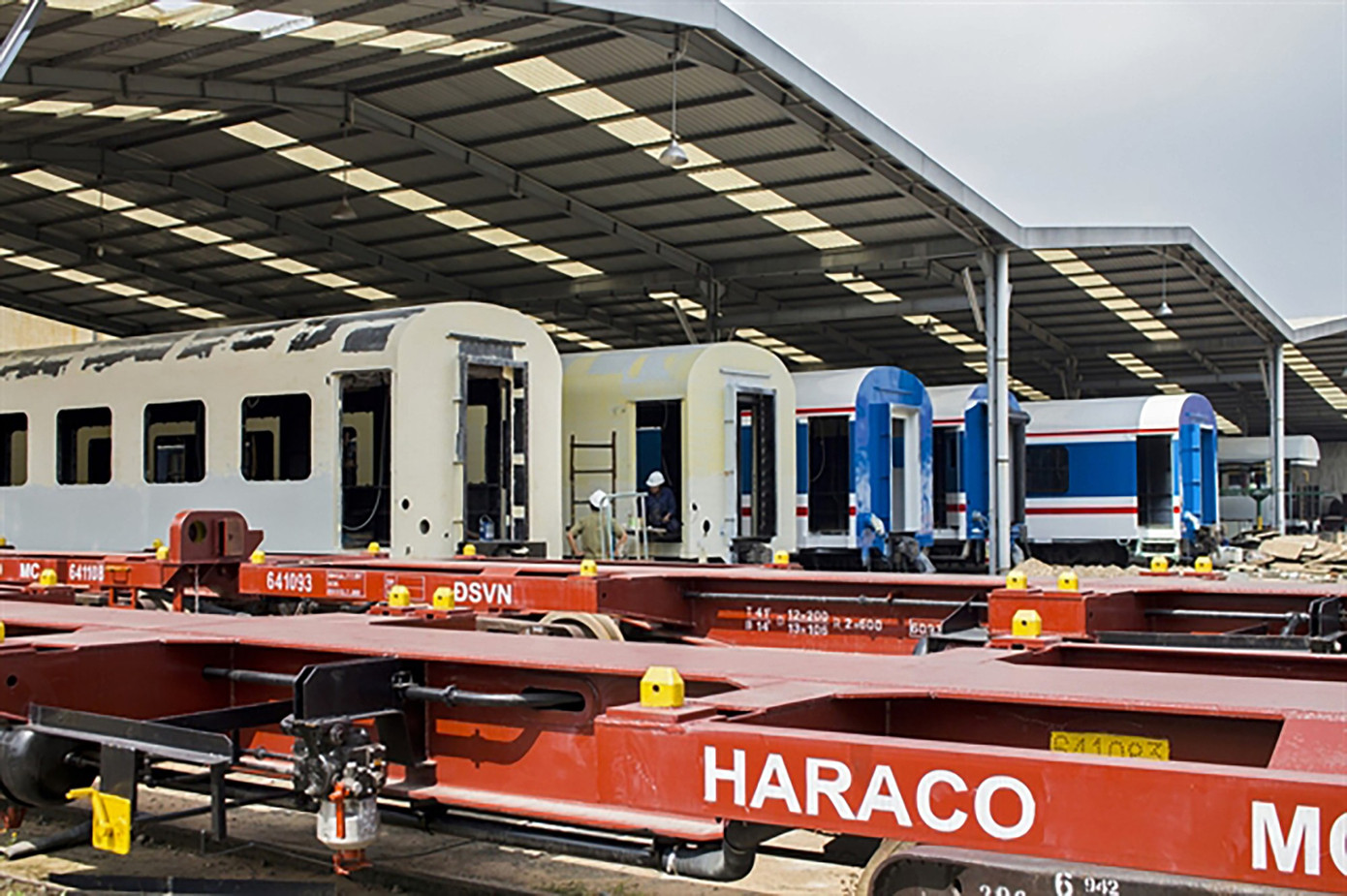
In particular, Hanoi will form a 250-hectare railway industrial complex in the Chuyen My and Ung Hoa areas, creating a foundation for supporting industries and modern railway technology.
In Ho Chi Minh City, An Binh station is planned to be the end point of the Hanoi - Ho Chi Minh City route and the beginning point of the Bien Hoa - Vung Tau route, and at the same time an important intersection of the North - South high-speed route through Trang Bom - Cam My.
In Da Nang, the planning includes a plan to move the central station out of the inner city before 2030, both to reduce traffic pressure and free up land for urban development.
The Government plans to prioritize investment in the North-South high-speed railway lines, along with the Lao Cai-Hanoi-Hai Phong and Bien Hoa-Vung Tau routes, and develop a network connecting seaports, airports and the two hubs of Hanoi and Ho Chi Minh City.
The total land fund demand for railway development by 2030 is nearly 21,887 hectares, with a total investment capital of about 1.54 million billion VND, mobilized from the budget, non-budgetary capital sources and other legal channels...
Source: https://tienphong.vn/viet-nam-se-co-them-cac-tuyen-duong-sat-toc-do-cao-moi-post1791992.tpo










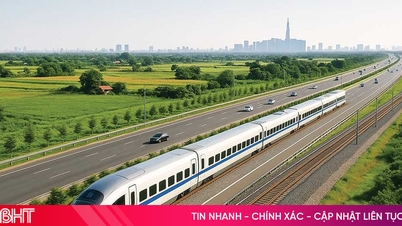



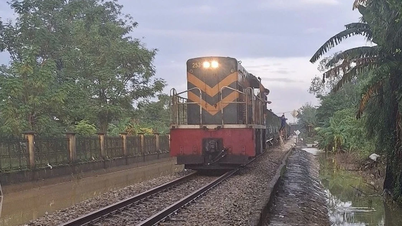

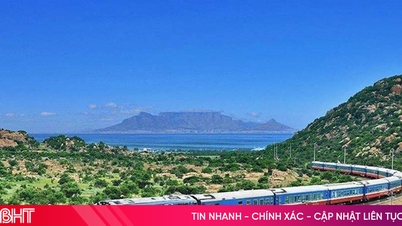


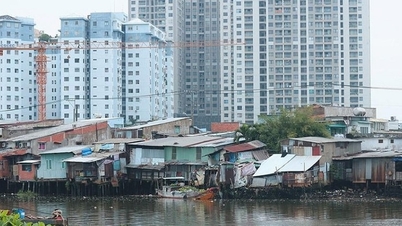
































































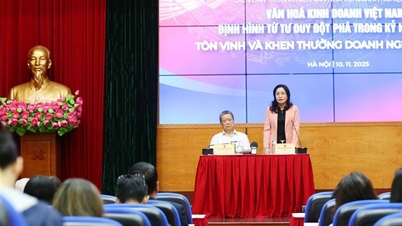
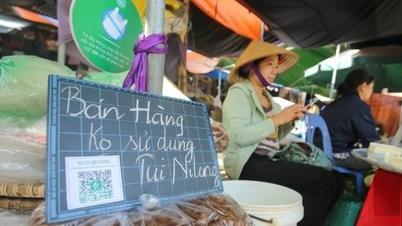







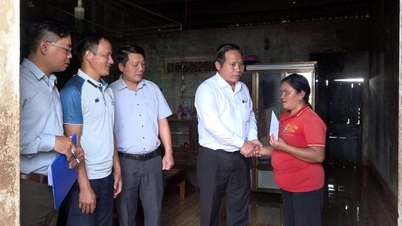




![Dong Nai OCOP transition: [Article 3] Linking tourism with OCOP product consumption](https://vphoto.vietnam.vn/thumb/402x226/vietnam/resource/IMAGE/2025/11/10/1762739199309_1324-2740-7_n-162543_981.jpeg)











Comment (0)